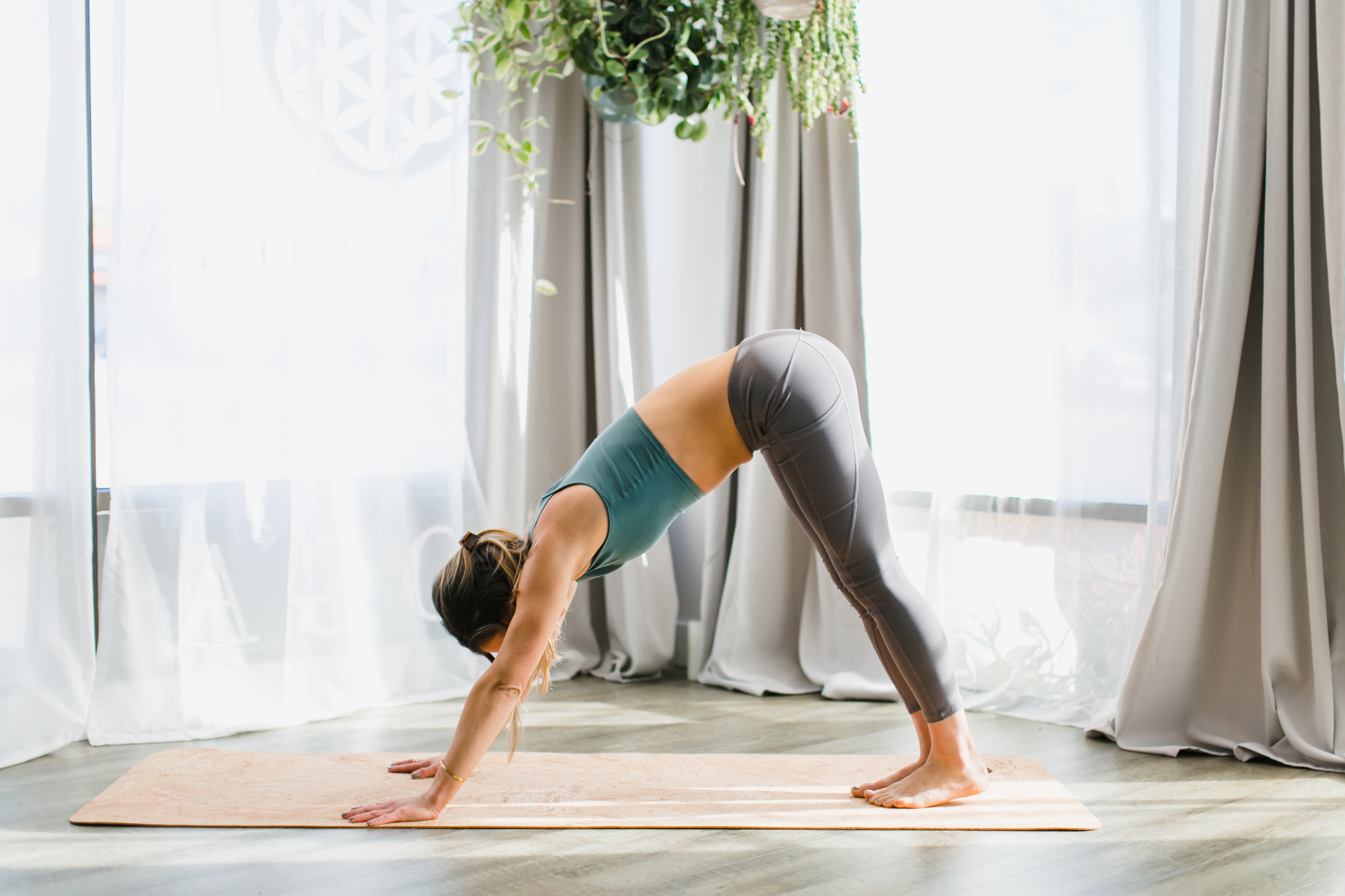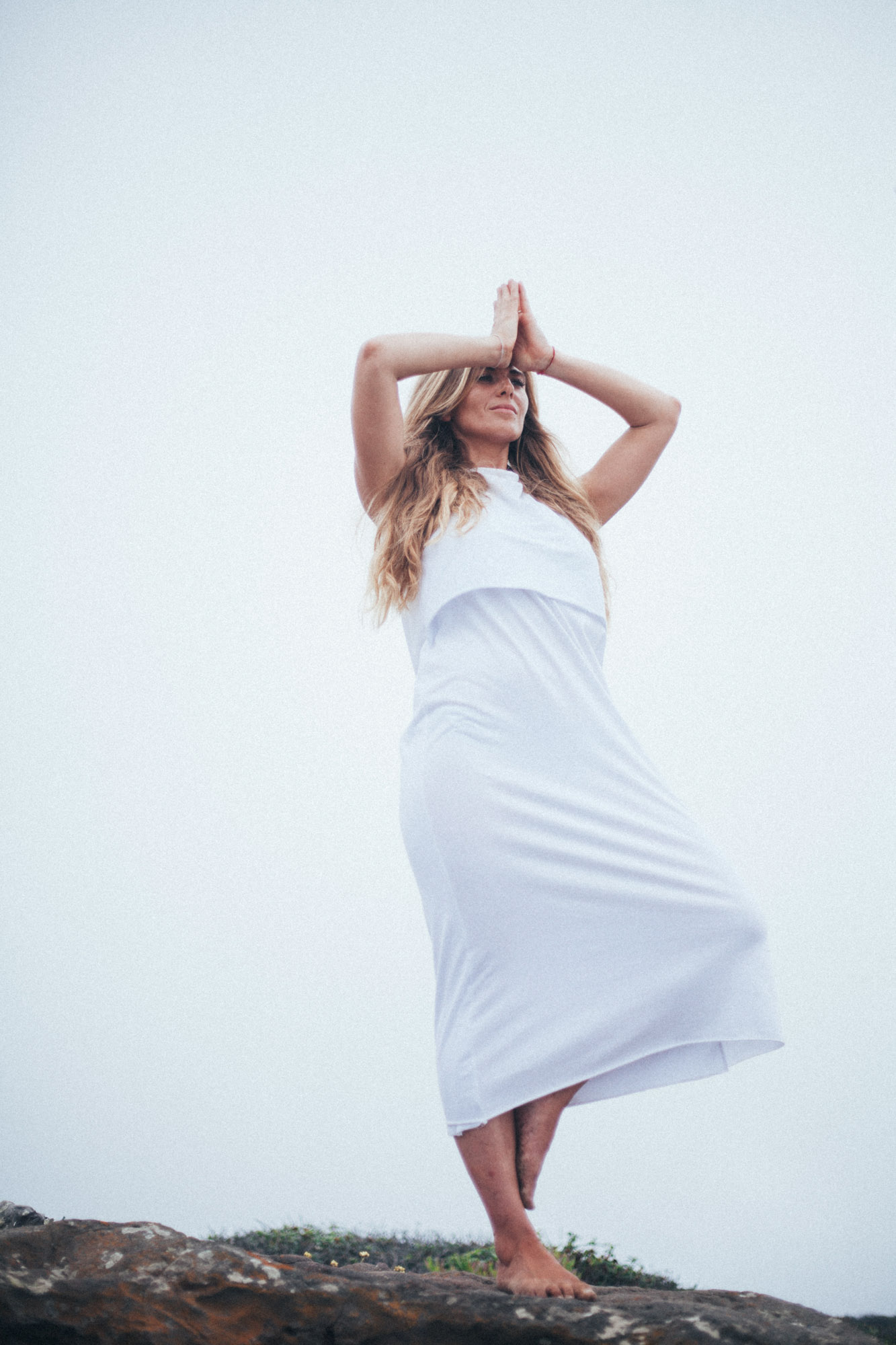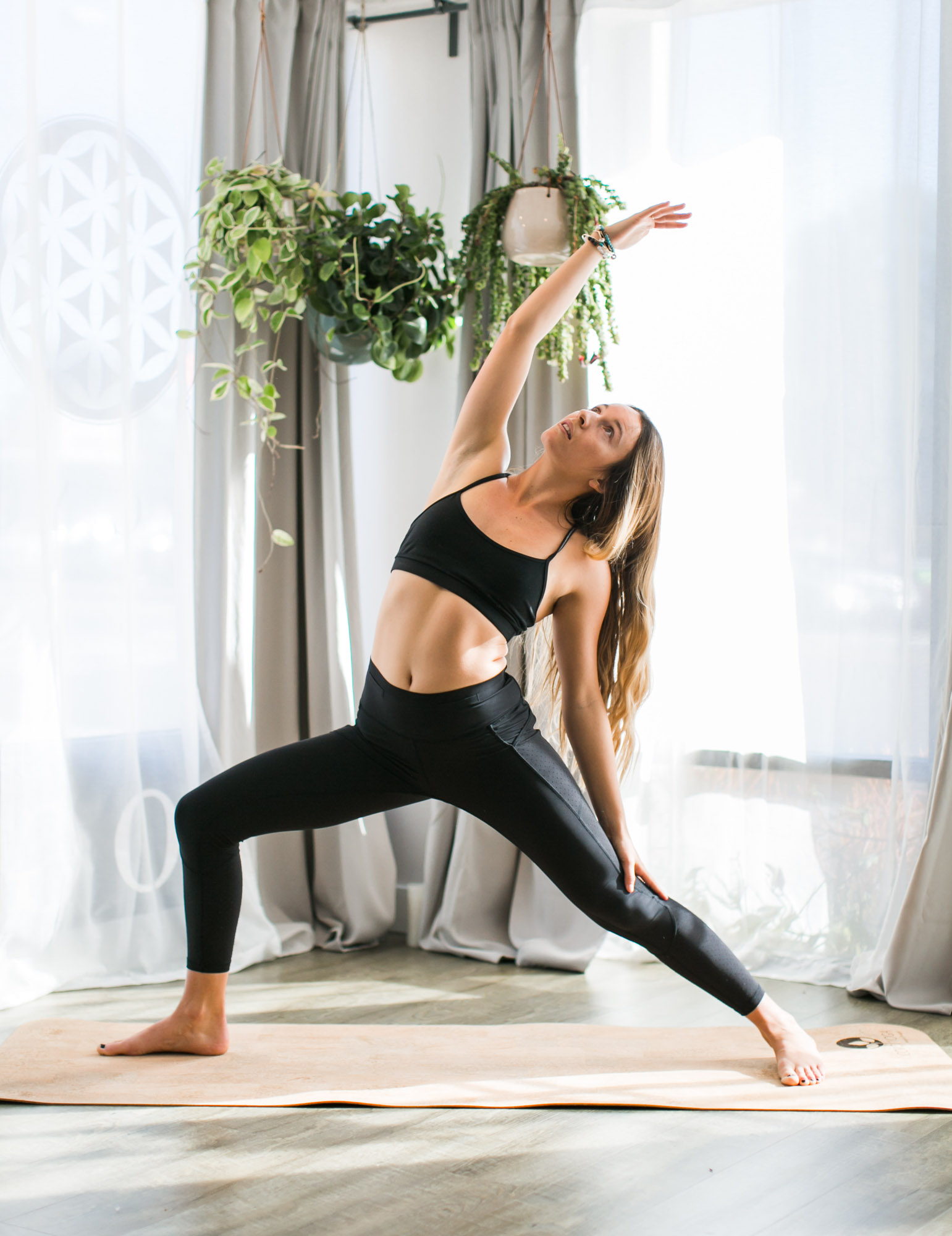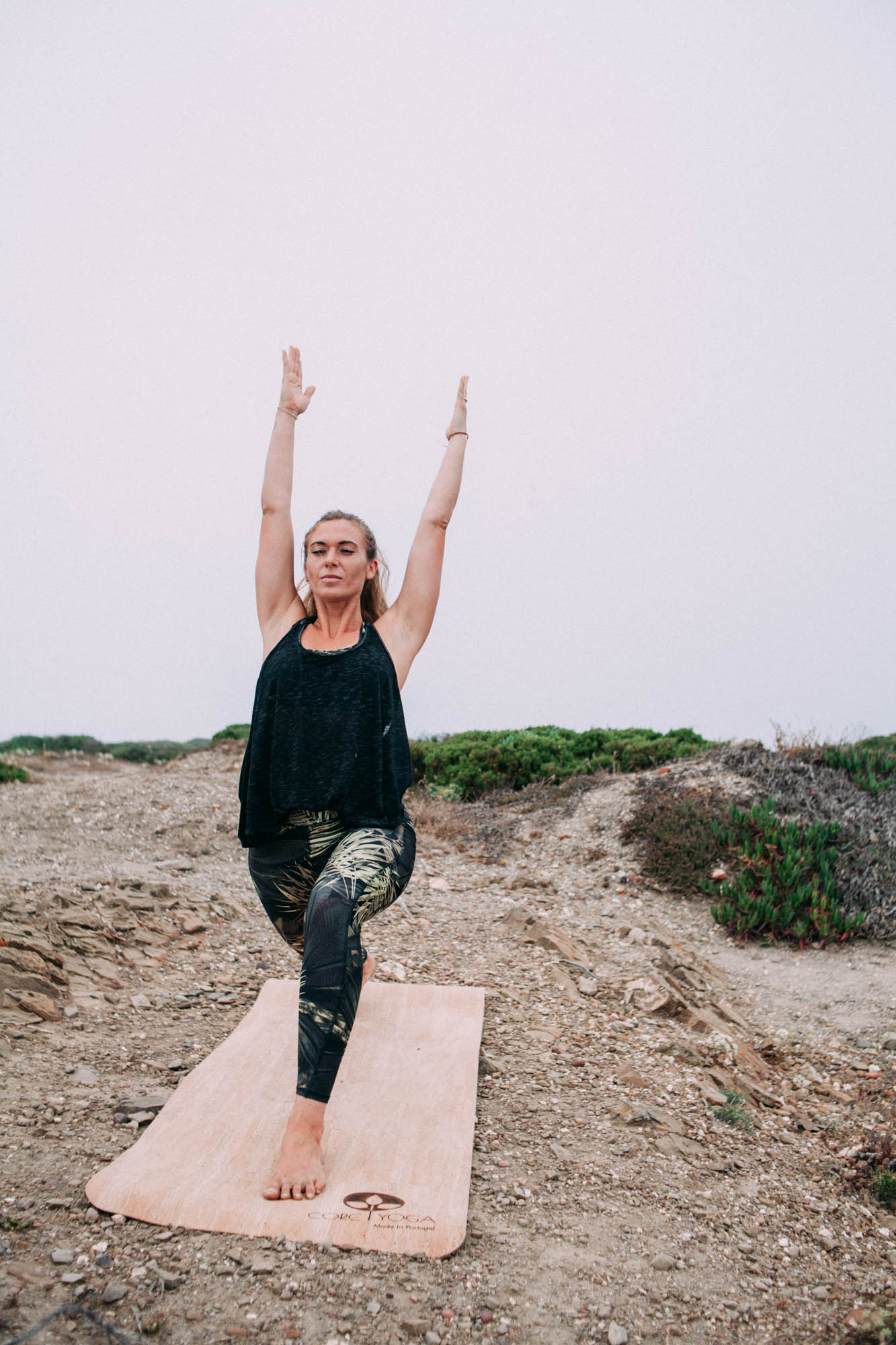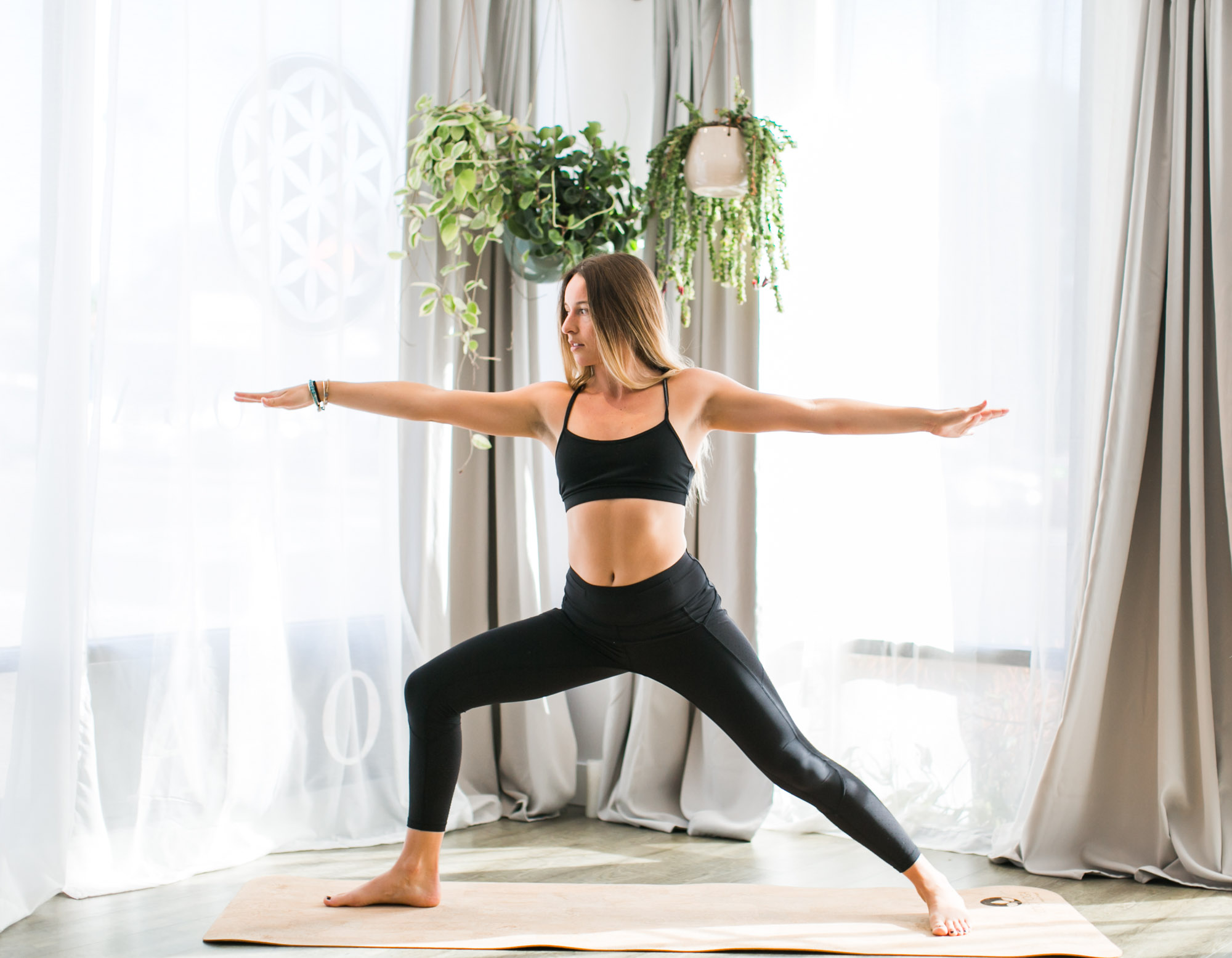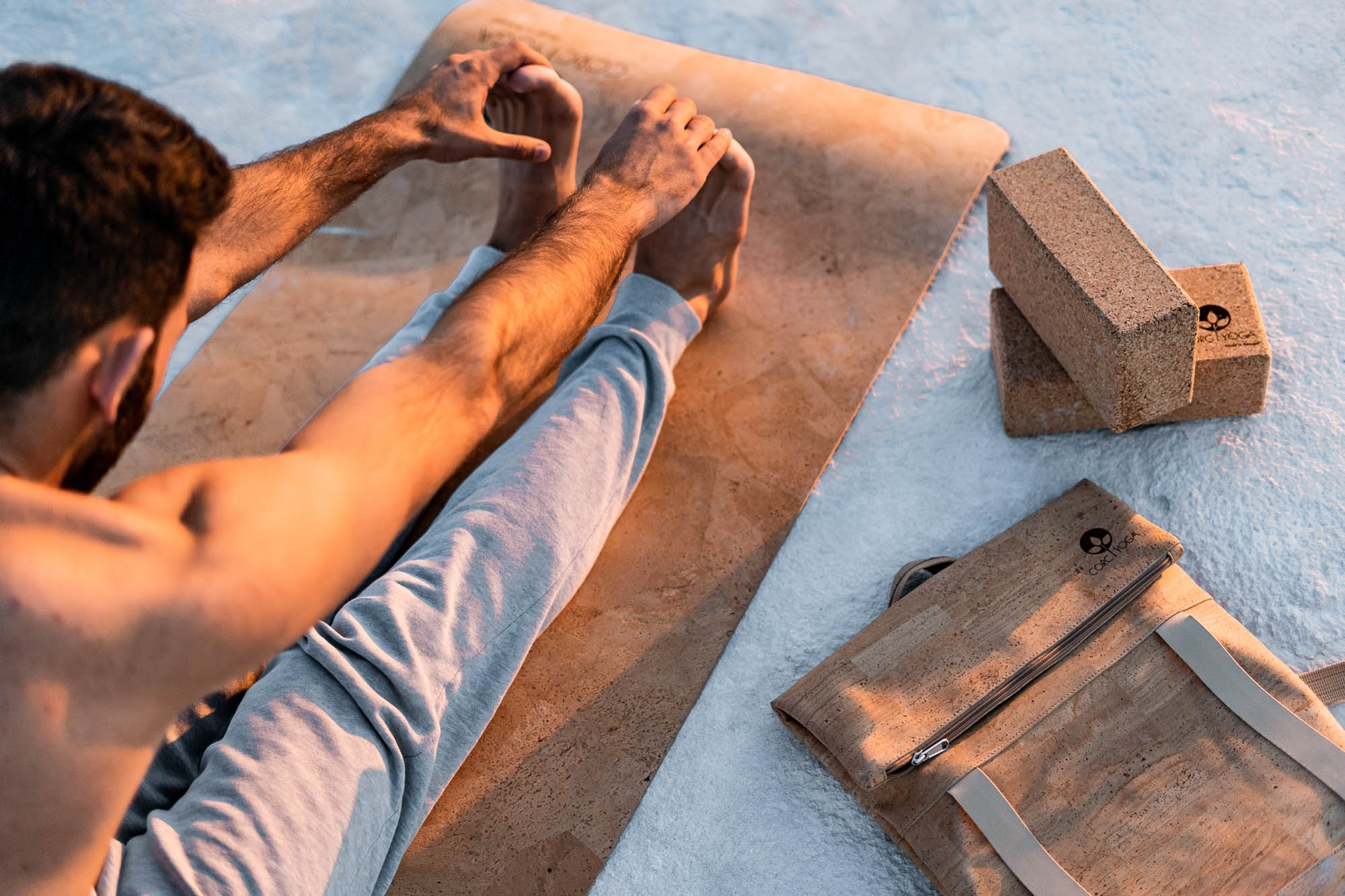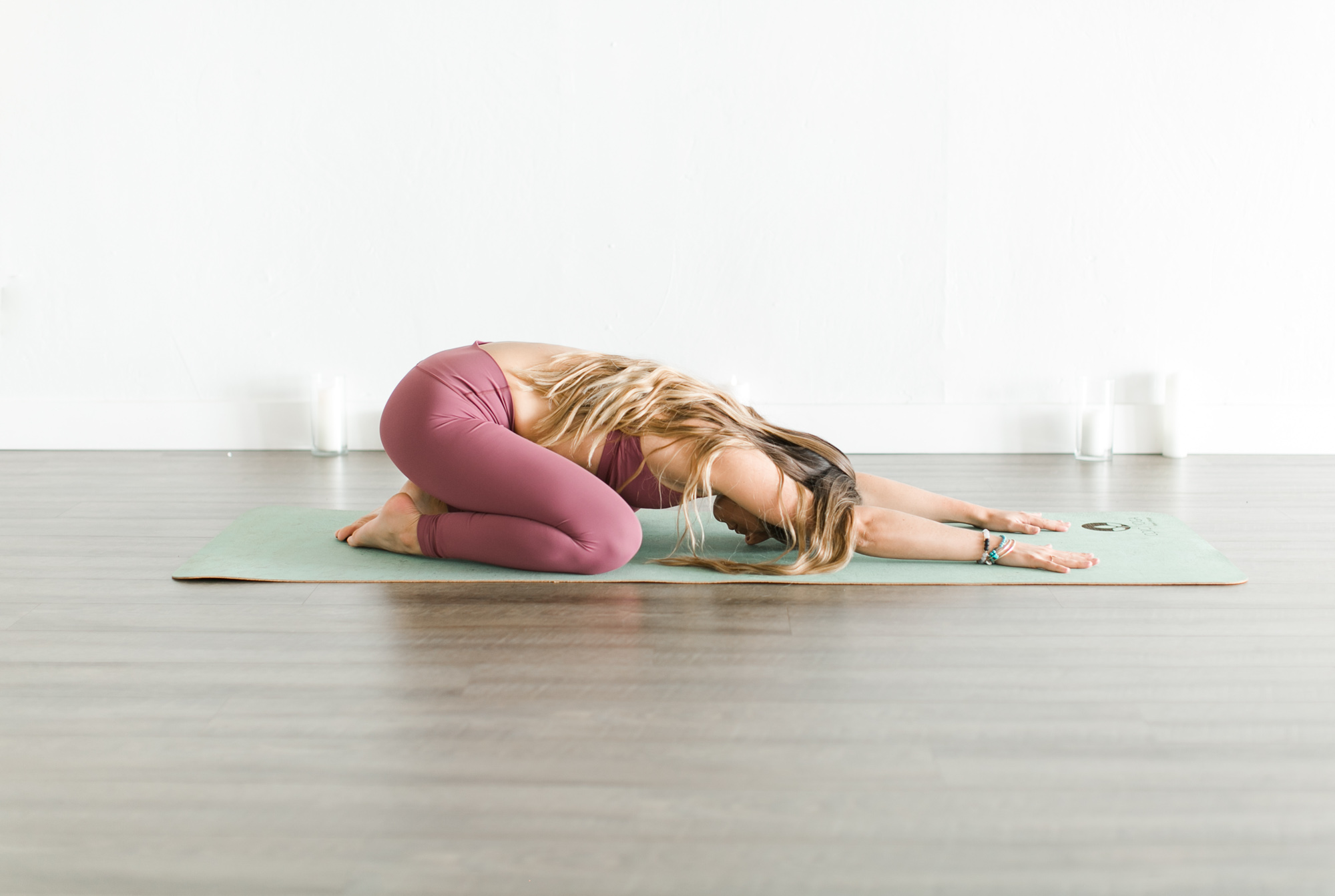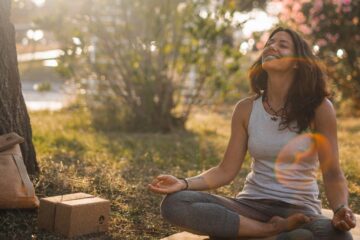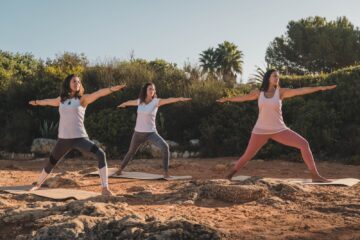If you’re new to yoga it might sound complicated. New techniques, a foreign vocabulary, and a culture you’re unaccustomed to. But that’s why we created this Yoga for Beginners Guide – to help you feel more comfortable when you step into a yoga studio and unroll your mat for the first time.
Once you give yoga a try, you’ll be happy you did. Remember, practice makes progress. We have all been beginners at one point.
Common Yoga Vocabulary
Let’s begin by explaining a few of the most common words you may hear your yoga instructor use. Yoga’s root language is Sanskrit. Usually, your instructor will incorporate plenty of non-Sanskrit instructions, as well as the English-language translations, throughout the class.
Asana
Ah-SUN-ah
Originally, yoga was a meditation practice that required sitting for long periods of time. ‘Asana’ means ‘seat’ in English. Today, asana is the term used for any yoga posture and pose.
Bandha
Band-ah
Bandha is the Sanskrit word to describe the internal “body lock” used to control internal energies. Hatha yoga teaches three bandhas: root lock, throat lock, and abdominal lock.
Chakra
Ch-ah-KRA-ah
Chakra describes the spiritual energies found within your body. It’s believed there are seven different energies: root chakra, sacral chakra, solar plexus chakra, heart chakra, throat chakra, third eye chakra, and crown chakra. Optimal mindfulness is achieved when each chakra is aligned with the others.
Namaste
NAH-mah-stay
‘Namaste’ is the greeting used to show gratitude and respect. Many yoga classes begin and end by saying ‘Namaste’ while placing your hands together at the center of your chest.
Om
Uh-mmm
Om is a mystical Sanskrit word used at the beginning and end of mantras to channel energies and intentions.
Pranayama
Prah-nuh-YAH-ma
This term refers to the awareness of your breath and the ability to control it for a specific purpose. Breathing techniques are an important part of yoga, so you’ll hear ‘pranayama’ often throughout your practice.
Common Yoga Poses
Now that you have an understanding of basic yoga terminology, let’s move on to ten of the most commonly used yoga poses.
One quick piece of advice before you begin: If a particular pose hurts, listen to your body and stop doing it. Don’t be afraid to ask your instructor how you can modify it.
Mountain Pose
Mountain Pose is the basis for all standing poses. It appears as if someone is just standing, but involves much more.
How to perform: Begin standing with your feet together. Press down through your toes as you spread them open. Engage your quadriceps to lift your kneecaps and lift up through the inner thighs. Draw your abdomen in and up as you lift your chest and press the tops of the shoulders down.
Feel your shoulder blades coming towards each other and open your chest, but keep your palms facing inwards towards the body.
Downward Dog
Downward Dog stretches and strengthens the entire body.
How to perform: Begin on all fours, then place your wrists under your shoulders and knees under your hips. Tuck your toes under and lift your hips up off the floor while drawing them towards your heels.
Try to straighten out your legs while keeping your hips back. Walk your hands forward to give yourself more length. Press through your palms and rotate the inner elbows towards each other.
Plank
Plank is a great way to strengthen the abdominals and learn how to breathe in order to maintain a challenging pose.
How to perform: Begin on all fours, then tuck under your toes and lift your legs up off the mat. Slide your heels back until you feel your body is a straight line from your head to your feet.
Once you’re in the pose engage the lower abdominals and draw your shoulders down and away from the ears.
Tree
Tree is a standing pose used to develop balanced.
How to perform: Start with your feet together and place your right foot on your inner left upper thigh. Press your hands together and focus on something to help you maintain balance. Engage your abdomen as you hold the pose.
Triangle
Triangle is a standing pose used to open the lungs and strengthen the legs.
How to perform: Stand with your feet one hip distance apart. Open your arms to the sides at shoulder height. Turn your right foot out 90 degrees and your left toes in 45 degrees.
Engage your quadriceps and abdominals as you bend over your right leg. Place your right hand down on your ankle and lift your left arm up to the ceiling.
Complete the pose by turning your gaze up to the top hand.
Warrior 1
The Warrior poses help develop strength in your lower body and core.
How to perform: Take a large step back with your right foot and bring your left foot forward in a lunge. Then turn your left heel down and angle your left toes forward 75 degrees.
Lift your chest and press your palms up overhead. You will repeat on the other side.
Warrior 2
Warrior 2 is a good starting point for many side postures including triangle, extended angle and half moon balance. It opens up the inner thighs and groin.
How to perform: Stand with your feet hip-width apart. Turn your right toes out 90 degrees and your left toes in 45 degrees. Bend your right knee until it’s over your right ankle.
Stretch your arms out to your sides and gaze over your right hand. Then you will repeat on the other side.
Seated Forward Bend
The forward bend is a great way to stretch the hamstrings, lower and upper back, and sides. Seated forward bend is good to begin with to help you learn to breathe through challenging positions.
How to perform: Begin seated with your legs together, feet firmly flexed, not turning in or out, and with your hands by your hips. Lift your chest and start to bend forward at your waist. Engage your lower abdomen and bring your belly button in.
Bridge Pose
Bridge is a backbend to stretch the front body and strengthen the back body.
How to perform: Lie on your back with your feet hip-width apart. While pressing firmly on your feet lift your butt off the mat. Interlace your hands together and press the fists down to the floor and open your chest even more.
Child’s Pose
Child’s Pose is a resting pose. Use it when you become tired during Downward Dog or need to relieve tension throughout your day.
How to perform: Begin on all fours then bring your knees and feet together as you sit your butt back to your heels and stretch your arms forward. Lower your forehead to the floor and release your tension as you hold.
Now that you know the basic terms and techniques you’re ready to experience the physical and mental benefits of yoga.

